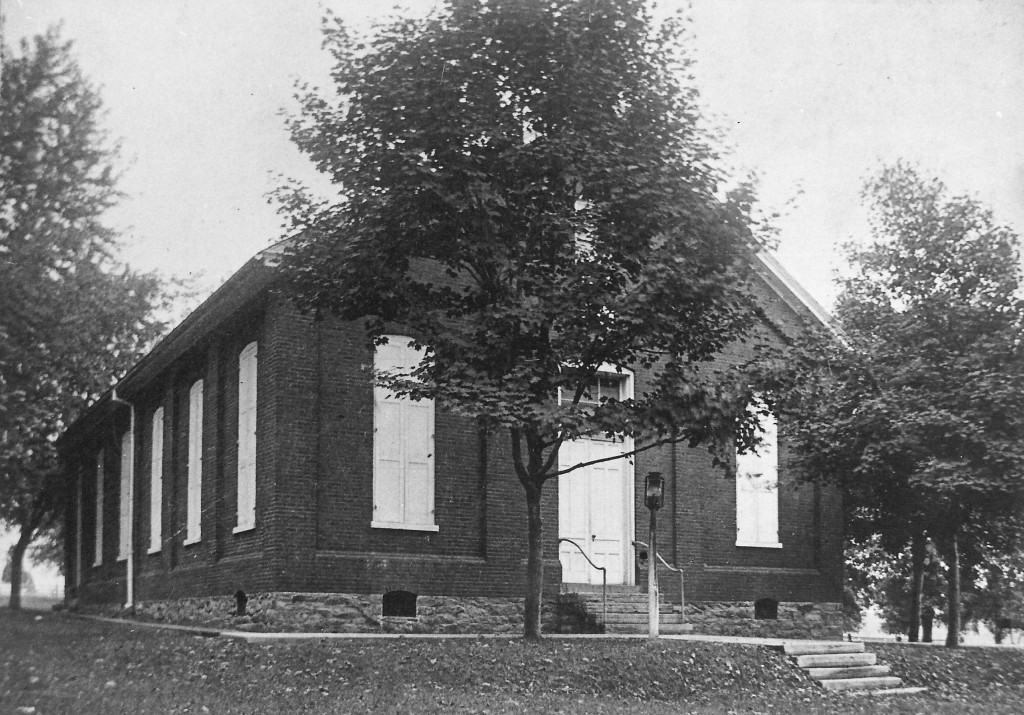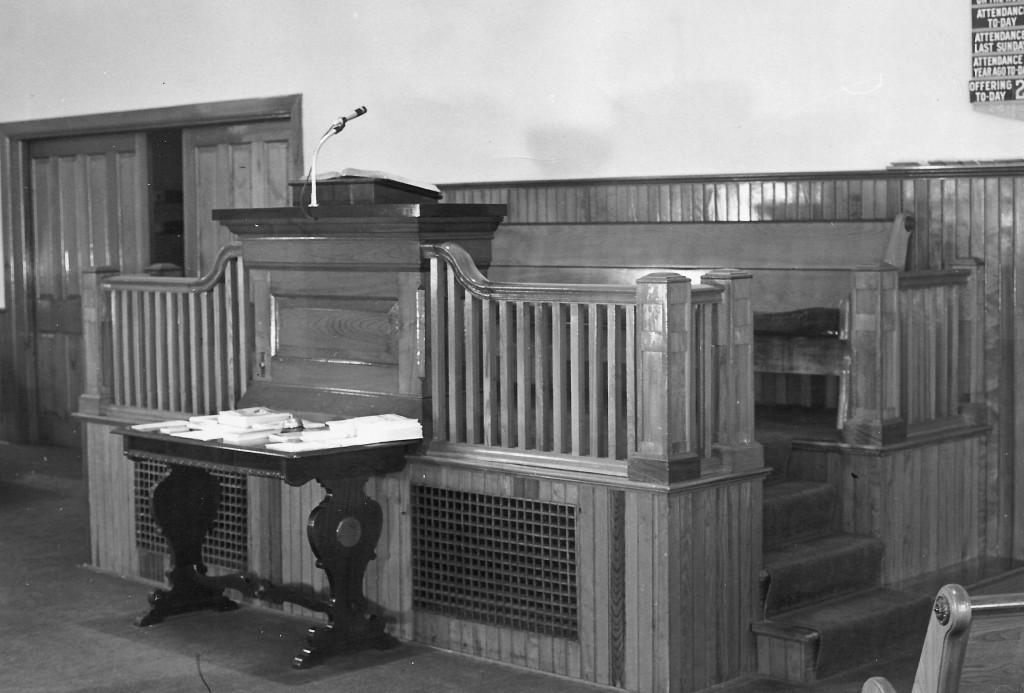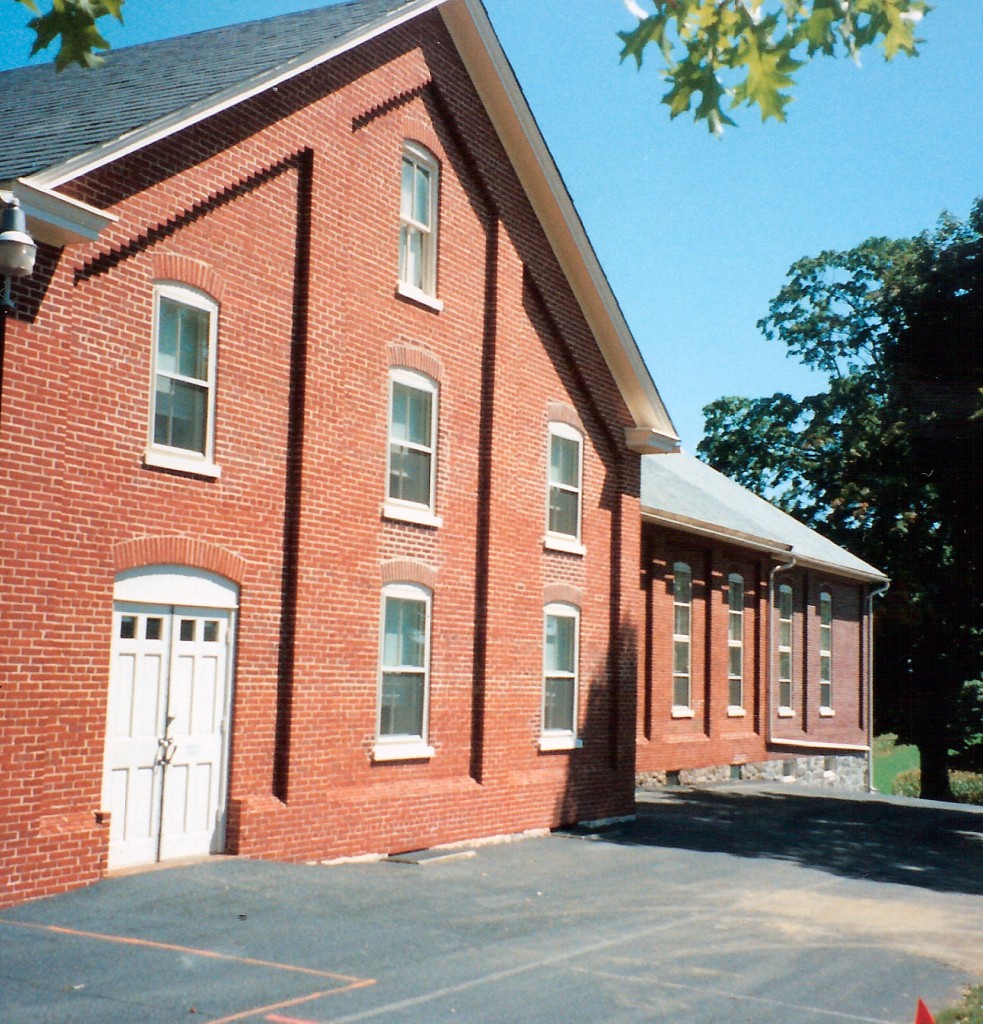In 1710 Martin Kendig, Jacob Muller (Miller), Martin Oberholtzer, Martin Mylin, Christian Herr and his father, Hans Herr along with their wives sailed from London on a boat named Mary Hope.
Their forefathers had come from Zurich, Switzerland, had farmed in the Palatinate of Germany along the Rhine River, then moved on into the Netherlands because of religious persecution. At the invitation of William Penn they went to London and waited for months for a ship to take them to the new lands Penn offered them in the New World where he hoped to make a “spiritual” settlement where people could worship as they pleased. These people were Anabaptists, called Mennonists in Switzerland.
After the three-month voyage across the Atlantic they spent the winter with the Menonists in Germantown. In the summer of 1711 our forefathers walked the forty-five miles to the tracts of land they had purchased from William Penn in the Pequea Creek area.
When the trail was cleared better the women arrived on horses. In 1714 the “wagon trail” was opened, named the Conestoga Road. Now the chests of supplies stored at Germantown could be taken by horses and wagon to the settlers in Pequea Creek area.
These purchasers of land were shrewd and deliberate choosers of land. Even though they were being charged double the going price for Pennsylvania land in 1710, their deal would eventually be seen as one of the best land bargains in colonial history.
In 1719 Hans Herr’s son, Christian, built a stone house large enough to invite all the Menonists for worship services. This “Hans Herr” house is located along Hans Herr Drive. It was restored in 1970 to its 1719 appearance.
In 1847 the group built a new meetinghouse of stone, just north of where Willow Street Mennonite Church stands today. This gave the “Herr Church” more space.
In this building the first Sunday school of Lancaster Mennonite Conference was begun in the spring of 1871.
But in 1889 the church family replaced their stone meetinghouse with a new building constructed mostly of bricks. It became known as the “Brick Church,” the first brick church in this Mennonite settlement.
Amos Herr, the pastor at this time, began preaching in English, which was new for Lancaster Conference Mennonites. The prevailing belief was that German was the proper “spiritual “ language.
In the late 1800s, Frank M. Herr, was pastor and invited S. G. Shetler, a minister from Johnstown, PA, to have evangelistic meetings at the Brick church. This was the first Mennonite church to have evangelistic meetings. At this time the trolley passed the church and people filled the trolley to attend these meetings.
In 1910 the big nine-ton boulder with the plaque was placed at the south end of the parking lot of the Brick church by the Lancaster County Historical Society. This was to celebrate the Bi-Centenial of the first settlement in Lancaster County, an impressive symbol for its time! The Society sponsored a big celebration, which took place on the Brick church grounds.
The church leaders were not sure how to respond to the 1910 celebration. The meek descendents of Hans Herr thought it was a frivolous affair having little or nothing to do with who they were spiritually, so they put the decision in the hands of the trustees! Head of the trustees was Christian R. Herr, successful hardware store owner in Lancaster and president of the local trolley company. He modestly accepted what the Lancaster County Historical Society wanted to do.
The home mission idea took root in the Brick Church in 1930s, doing mission work without going overseas. David High and Witmer Barge began a Sunday school along the Conestoga River in a former dance hall that was leased for five dollars a month. Four years later work began on a church building. Today Sunnyside church is a thriving, growing church.
In 1936, a basement was dug out under the brick structure with horses and scoops. In this process the datestone from the old stone church was found in the rubble under the brick church! It can be seen today on the side of the “T” wing toward the cemetery with these words: “Erected for the use of the Old Menonist Congregation, 1849”
During this 1936 renovation, flush toilets were installed in the basement and a “T” wing was added which gave more seating room in the sanctuary. The second floor gave classrooms. One of these provided space for a library, the first library in a church of Lancaster Conference!
Jacob T. Harnish was pastor during this renovation. In 1946 he was ordained bishop and in 1947 John A. Breneman was ordained pastor in his place. In 1968 Donald Kraybill was ordained pastor to assist John Breneman.
In 1969 the building was extended toward Penn Grant Road. The pulpit was moved to that end, and the pews were also turned around to face the pulpit. The “T” end of the sanctuary was made into a foyer, restrooms, a library, and a pastor’s office A nursery, sewing room and more classrooms were constructed on second floor. Services were held at Lancaster Mennonite High School from March to August while the remodeling took place.
In 1975 Robert Breneman was ordained pastor, since Don Kraybill now felt called to another work. Nathan Hege who had returned from Ethiopia was installed in 1978 to assist in pastoring. He was ordained as bishop in 1986. In 1988 Gerald Garber was licensed to assist in pastoring in his place. Willard Shertzer was installed to help in pastoring from 1995 to 1997
Nathan Hege requested retirement from bishop responsibilities by the end of 1995. Vernon Myers was ordained as bishop in 1994
Another renovation took place in 1996. The addition added 11,000 square feet to the structure, increasing floor space by 80%. It included a two-story connecting link, giving a pastor’s study, an office, a foyer, restrooms, and an additional classroom. The second floor added more classrooms.
Beyond the connecting link were constructed a multipurpose room, large conference room and a large kitchen. An elevator was also installed in 1996.
Chester Kurtz was interim pastor from 2000 to 2001. Jim Meador was installed as the first full time pastor in 2001. He resigned in 2006.
Richard Buckwalter was installed as bishop in 2007.
In 2009, Eric Herr became Youth Pastor and Geanna Steinmetz became our Worship Director in 2020. In 2015 Steve Weaver and Robert Brody were appointed as bishops in our district, and Deb Hershey became our Children’s Ministry Director in 2016.








